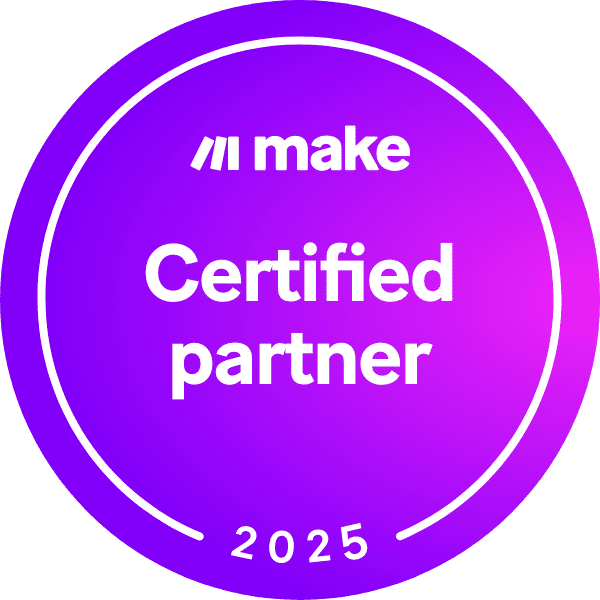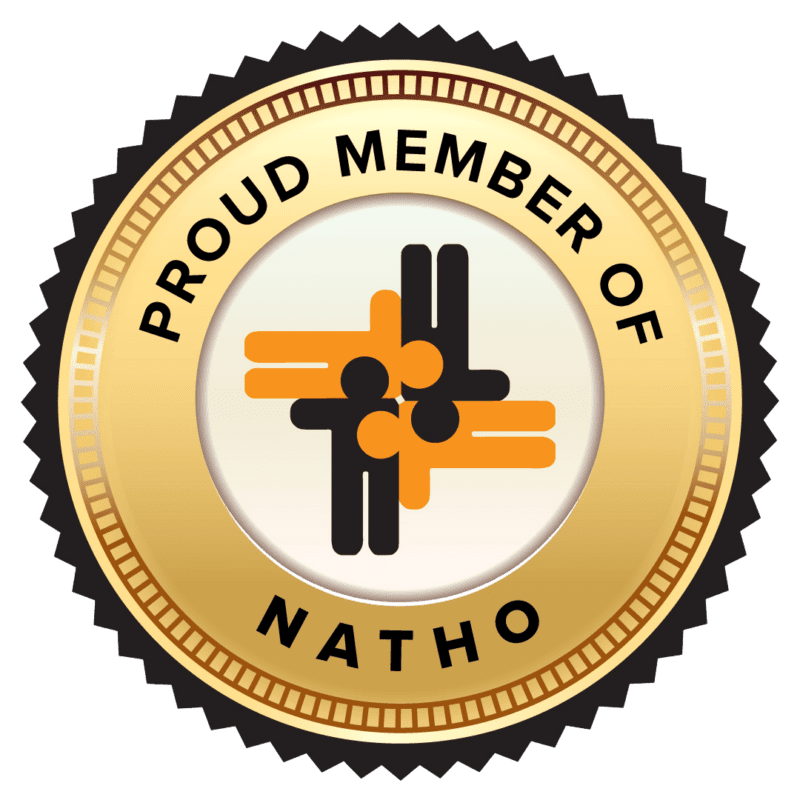Has your team completed your 2025-2026 planning cycle? Aligned your technology roadmap with business goals and financial plan? Great. Nice job.
Not done yet? There is still time. Work the process. Have those key conversations. Get the naysayers to play their cards. Challenge the ‘sunshine chaser on thin ice’. Listen to your gut. Maybe it really is time to let the fog clear until you better see the future. Regardless – you and your team need to close on a plan. Don’t leave the room ‘til you are satisfied that you got it right. That’s the job.
Done now? Then read through your tech roadmap. Test it against our Top 10 Tech Initiative recommendations for the next 12-18 months. Our recommendations are business initiatives with strong IT dimensions. We left out the big things like new or changing core systems* where the change management burden is large, but assuming you have the core platforms in place, here are the Top 10 to build a technology roadmap:
-
Build a Strong Shared Services Structure
- A centralized shared services structure reduces operational complexity and drives cost efficiency. Establishing shared services for job posting, ad management, talent sourcing, onboarding, time reporting, human resource management for temps, and client reporting, streamlines support across business units and branches, resulting in faster processing and better consistency. Shared services scales as your firm grows, avoiding the need for redundant local resources in each business unit or branch.
- Deloitte’s experts warn us to not allow the stranded labor costs in business units or branches to hinder the shared service process. Strong shared services allow business units and local teams to focus on revenue-generating activities.
- Near or Offshore What You Can: Start with Sourcing and Screening
- Many sourcing, screening and onboarding tasks can be offshored effectively, lowering operational costs without compromising quality. It also allows your internal teams to focus on high-touch, high-value interactions with clients and candidates. This ASA webinar is a good resource to start the conversation.
- Complete Your Migration to a ‘Cloud First’ IT Strategy
- Many firms have legacy core solutions still running on their on-premises servers. Whether you use tier 1 or 2 cloud services, the cost, performance and risk management improvements from moving business infrastructure to the cloud have been proven to be beneficial to almost every firm. However, these transitions have often been stalled for certain business applications for many reasons. Challenge your team to find a way to complete this important work in 2025.
- Implement Robotic Process Automation (RPA) for Routine Tasks
- RPA can be a game-changer in automating repetitive and time-consuming tasks. For staffing firms, this means opportunities in VMS management, onboarding and compliance, AR/AP processing, candidate sourcing, time and expense processing, and scheduling. This link lists several good ideas.
- Define and Create a Path to a Five-Star User Experience (UX) for Talent and Clients.
- Staffing today is about creating seamless, positive experiences for both talent and clients. Map out the entire journey—from talent attraction to onboarding and retention—and identify pain points. The goal should be a “five-star” experience that ensures candidates and clients feel valued and engaged at every stage. Enhanced UX is always a strong differentiator in an increasingly competitive staffing market.
- Improve Your KPI Tracking and Consider Sharing KPI’s With Your Clients
- Use your business intelligence (BI) platform to track KPI’s across the front-office, middle-office, financial accounting, and HR. Consider sharing these metrics transparently with clients, demonstrating accountability and driving trust. Even if clients aren’t actively monitoring your performance, this can open a conversation about the value you bring. Connect with Vidur Raj, VP of Business Intelligence and Analytics to talk through these solutions in more detail.
- Leverage an AI Enabled Marketing Platform for Talent and Client Engagement and Brand Visibility
- An AI-driven marketing engagement tool (like HubSpot integrated with your ATS) can improve campaign effectiveness and keep your brand front and center for segmented client and talent pools. Talk to Mo McNaboe, HubSpot Practice Leader about getting the most out of HubSpot and your ATS.
- Streamline PayBill Operations with Straight-Through Processing (STP)
- For staffing firms, time reporting, expense processing, payroll and billing and integration to their financial systems are critical yet labor-intensive functions. Implementing straight through processing starts with the right core system and a continual process improvement discipline to reduce manual touchpoints, improve accuracy and reduce the per unit cost of pay and bill processing. If your staffing firm is using Bullhorn, make sure you have Bullhorn One on your list. Want to learn more? Reach out to Sean Beatty, VP of PMO and Middle Office Consulting about his experience helping dozens of clients. Sean’s team played an important role in this recent Bullhorn One success story.
- Go Beyond VMS integrations – Integrate Your Staffing Firm’s Data With Your Client’s Scheduling and HR Systems
- Think beyond the integrations of your ATS to your client’s VMS systems (Bullhorn’s VMS Sync and JobRobotix), to become a truly seamless partner with your client. By connecting with client scheduling, costing systems and HR systems, you can reduce the client’s manual effort to engage contingent labor, increasing the likelihood of repeat business. Clients will appreciate the streamlined experience, positioning your firm as a preferred partner.
- Pilot Mobile-First Staffing Platforms for Self-Service Capabilities
- In our mobile-driven world, staffing firms must eventually adopt a “swipe right/swipe left” staffing approach, minimizing steps for talent to accept jobs and clients to engage workers. Implementing self-service platforms—especially for pre-qualified talent pools—can greatly increase placement speed and reduce friction for all parties. This approach enhances scalability and makes your firm more attractive to both clients and candidates.
For staffing executives, the technology roadmap for 2025-2026 shouldn’t just be a list of tech upgrades—it’s a strategy for resilience, client satisfaction, and growth. By aligning your technology initiatives with your business and financial objectives, your firm can turn the challenges of the staffing industry into opportunities for differentiation and value creation. Let your tech roadmap guide your firm to a future of operational excellence, enhanced client relationships, and a better talent experience.
If you would like to talk about any of the ideas in this blog or your tech roadmap in more detail, connect with Tim Jackson, Senior Consultant or Sara Moss, VP of Technology Advisory.
Tim Jackson is a Senior Consultant for Newbury Partners with 20+ years in the staffing business managing delivery, technology, and finance for professional and healthcare staffing firms.
About Newbury Partners
Newbury Partners brings years of experience as technology advisors to the Staffing Industry. We specialize in providing tried and true best practice methodologies through every consulting, implementation, reporting and analytics, development, and strategy engagement. Our commitment to our clients is to provide honest and transparent communication to create lifelong partnerships.
For more information, visit www.newburypartners.com.
Stay connected us on LinkedIn for future updated and news from your Newbury Partners team.






